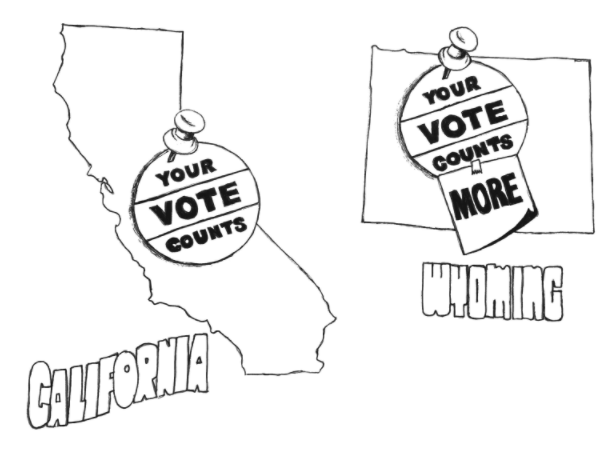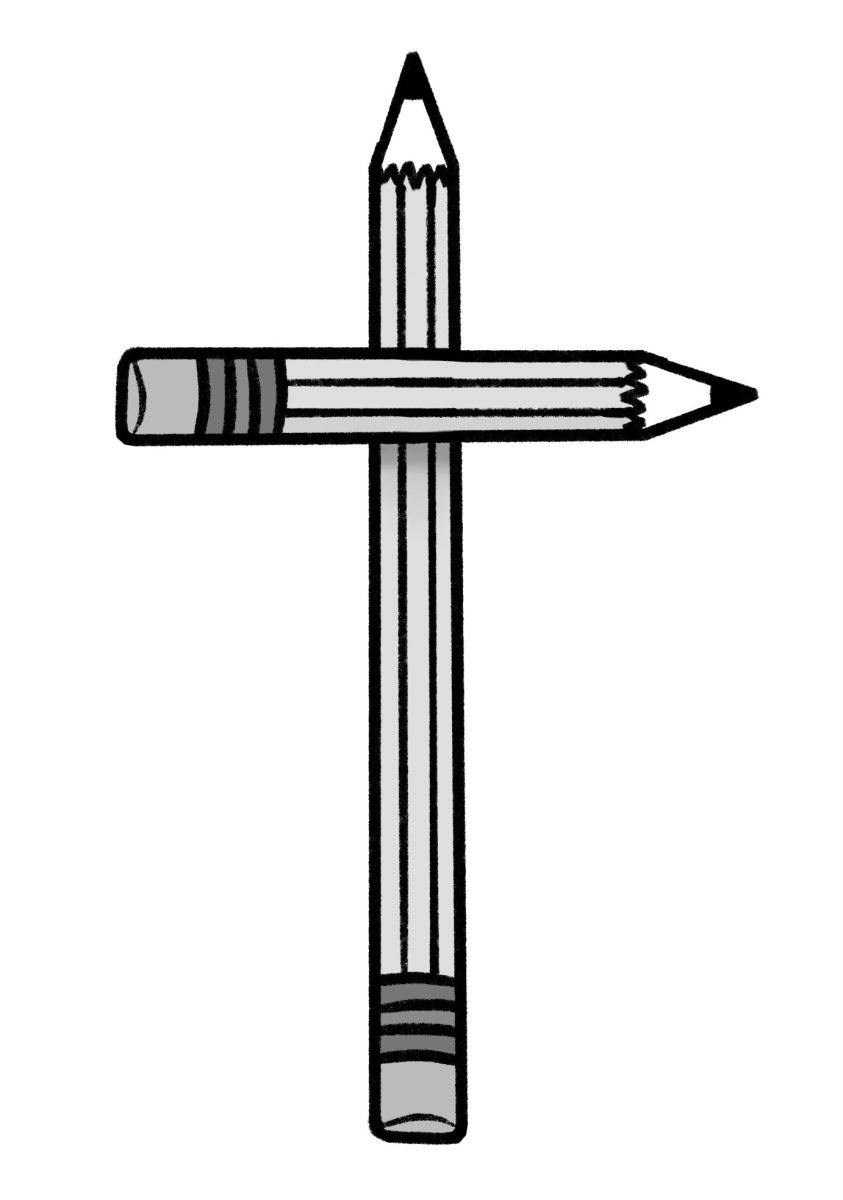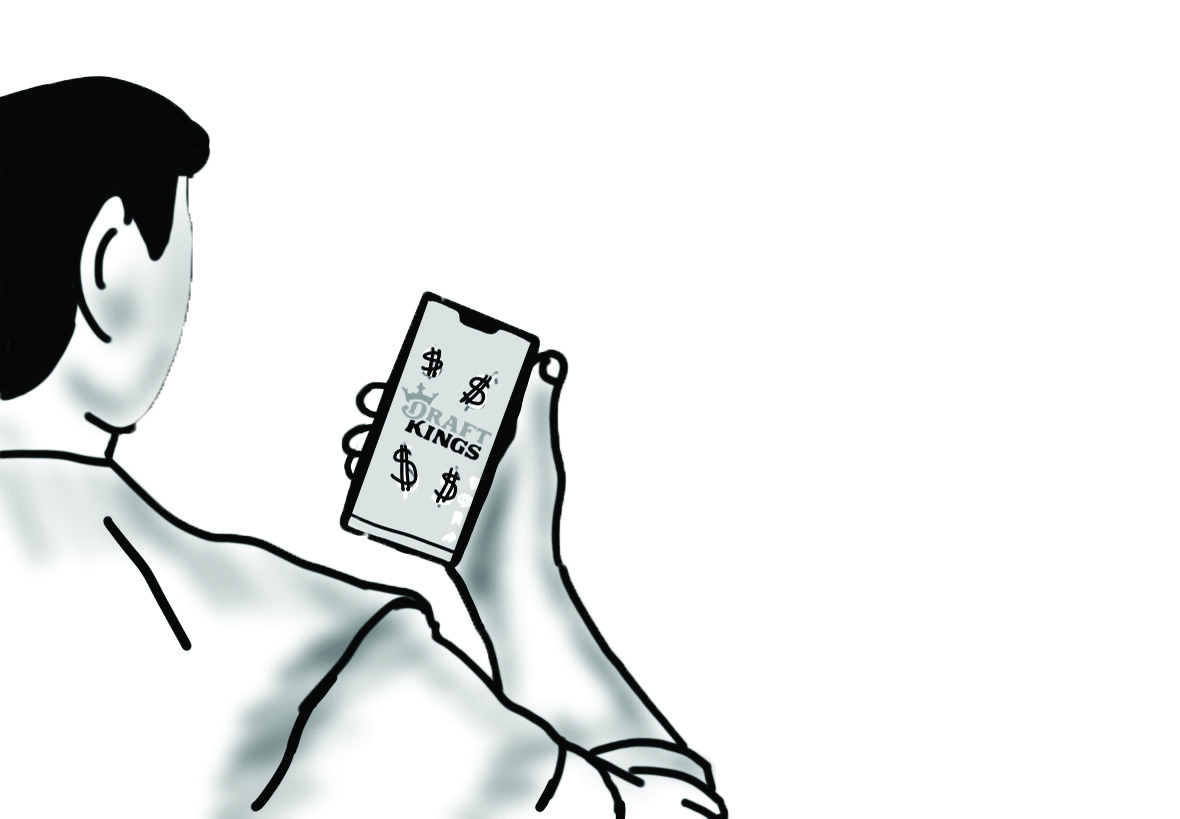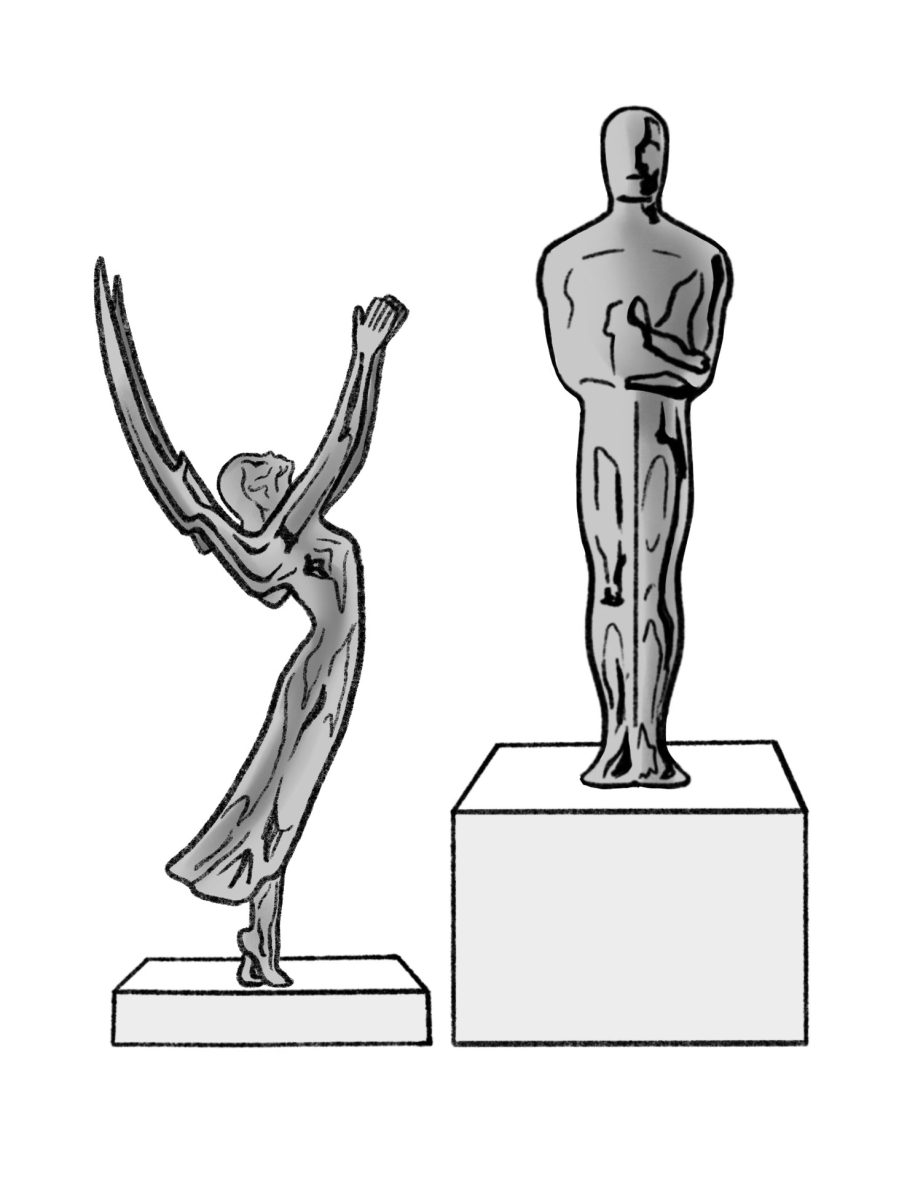Point, Counter-Point: Electoral College
The Electoral College has peacefully transitioned presidential power yet opponents point out that it does not always elect the popular vote winner, as seen in this year’s election.

The Electoral College has been successful in the peaceful transition of Presidents
By Charlotte Seton
The Electoral College system is once again under attack. That’s an understandable—but not well-informed—reaction to the fact that Donald Trump is our new president. Trump won 306 of the 538 Electoral College votes despite losing the popular vote. But while it may not feel like it, the Electoral College outcome is actually more representative of the country as a whole than the popular vote result.
The popular vote process gives disproportionate influence to the most heavily populated states. Assuming it takes approximately 65 million votes to win the presidency and 55 percent of people vote, then voters in the seven most populated states could decide the fate of all 50 states in a popular vote process. But a candidate needs to win at least 13 states in the electoral system, making it more representative.
This is not the only time a president has been elected in spite of losing the popular vote. In fact, Trump is the fifth president to win this way. Every time this happens there is an outcry to replace the electoral system. Since the recent election, California Senator Barbara Boxer has introduced legislation to scrap the system and rely on the popular vote instead.
Boxer has a lot of public support. A 2013 Gallup poll shows that 63 percent of Americans would like to axe the Electoral system. This is most likely because many Americans do not understand that the U.S. is governed as a democratic republic, not a pure democracy where the will of the majority prevails without governmental constraints.
The framers of the Constitution devised the Electoral College, and incorporated it in the Constitution, as a rejection of the one-person-one-vote process. So each state in the Electoral College is represented by two electors (equal to the number of senators) and a second group of electors reflecting the state’s population (the number of congressmen). As the most populated state, California has the most electoral votes.
Under this system, a vote in rural states carries more weight than a vote in populated states in determining the presidency. In the 2016 election, for instance, each electoral vote in Wyoming represented approximately 194,000 people whereas each electoral vote in California represented approximately 696,000 voters. While that may seem unfair to Californians, it serves a broader good by ensuring all regions’ viewpoints are expressed.
The system was cleverly designed to better reflect the choices of our nation as a whole, because it requires a broad geographic distribution of popular support to win. Since no single state or region of the U.S. controls the 270 electoral votes needed to win, the winning presidential candidate must represent the views of a broad swath of states. So if a candidate receives a substantial majority of the popular vote, he or she is virtually certain to win enough electoral votes to become president.
However, the price to pay is that sometimes the candidate who wins a majority of the popular votes may not become president. If a candidate’s votes are concentrated in a few states, he or she is less likely to win the Electoral College than one whose votes are evenly distributed across the country.
If the popular vote is close, then the winner of the election will typically be the one with the widest distribution of popular votes. The recent election reaffirmed this rationale because Clinton’s support was generally limited to the more populous east and west coast states.
Our democratic republic form of government balances the power of the national population with the power of the individual states to ensure the ongoing unity of our country. For over 200 years, the Electoral College system has made it possible to have a president with sufficient breadth and depth of popular support to effectively govern the nation. Abolishing this system would erode the political stability of our country.
The Electoral College must be updated to elect the national popular vote winner
By Grant Barnes
We have a president-elect who lost the popular vote by more than two million votes. We use various explanations for this phenomena such as, “it was an outlier election; the Electoral College protects disenfranchised states; or not enough Democrats voted.”
In fact all these explanations are incorrect. Trump won because his Middle America supporters are the most franchised under the Electoral College system. When averaged across all states, Trump will receive one electoral vote per 205,000 of his voters, while Clinton will receive one electoral vote per 282,000 of her voters.
It is time to update the Electoral College system to always elect the winner of the popular vote.
Currently Wyoming has one elector per 195,369 residents, contrary to California, with one elector per 700,724 residents. When calculating voting power, a Wyoming resident’s vote is worth 3.6 times that of a Californian.
When comparing voting averages of different states, disenfranchisement of voters in big cities and large states is the biggest problem. A vote in the 10 lowest populated states has 2.5 times the power of a vote in the 10 highest populated states. California falls victim to this because of its large urban centers.
The Electoral College system was designed by the Founding Fathers with the intention of having state electors cast votes for the presidency. The hope was that the electors would be knowledgeable and vote on the basis of a candidate’s merit and presidential potential. In the event that no presidential candidate won a majority of electoral votes, the presidential election would go to the House of Representatives, the congressional body closest to the people.
The Electoral College was most importantly supposed to work without interference of populist opinion, political parties, or national campaigns.
Today, the Electoral College serves a much different purpose. Forty-eight states have electors cast their vote based on winner-take-all systems, where the popular vote winner in a particular state takes all the electoral votes.
If electoral votes were simply split evenly among the national population, Clinton would have received 258 electoral votes, Trump would have received 250 electoral votes, and third party candidates would have split the last 30 electoral votes.
Under this method, neither candidate would win 270 electoral votes, the needed majority to win the presidency.
Solving the problem is not easy, as a constitutional amendment is required to change the mechanics of the national Electoral College. However, the same effect can be created more feasibly if electors cast their votes to reflect a national popular vote.
The National Popular Vote (NPV) bill pledges to solve the problem of the Electoral College by giving 270 electoral votes to the winner of the popular vote. It has been passed in 11 states with 165 electoral votes and will go into effect when states with 105 electoral votes pass the bill. If 270 Electoral College votes are subject to the NPV bill, then all those votes would go to the candidate who won the national popular vote.
California is one of the most underrepresented states in presidential elections. A Democrat’s vote in California is not as significant as a Republican’s vote in North Carolina.
California passed the NPV bill on Aug. 8, 2011. However, California will not cast its votes to the national popular vote majority winner until states with a total of 270 electoral votes pass the law.
For now California uses the winner-take-all system for electoral votes.
Five presidential elections have gone against the popular vote in America. How can a country call itself a democracy when the highest office is not voted for through a direct voting process? A direct voting system is the most widespread election method used to elect heads of state worldwide. It is time to advocate for the NPV and make the 2020 election the first popular vote election for President of the United States.
















